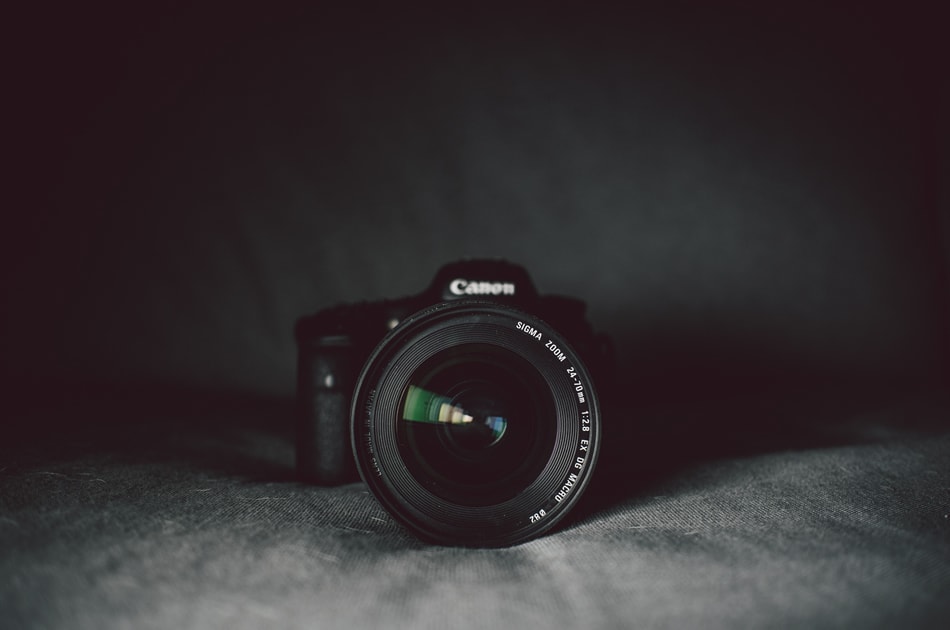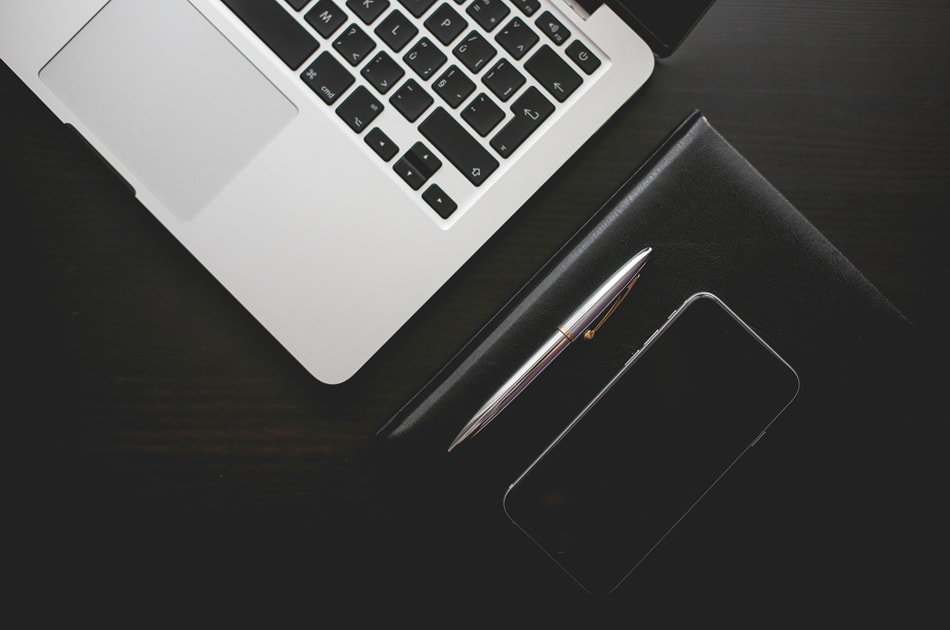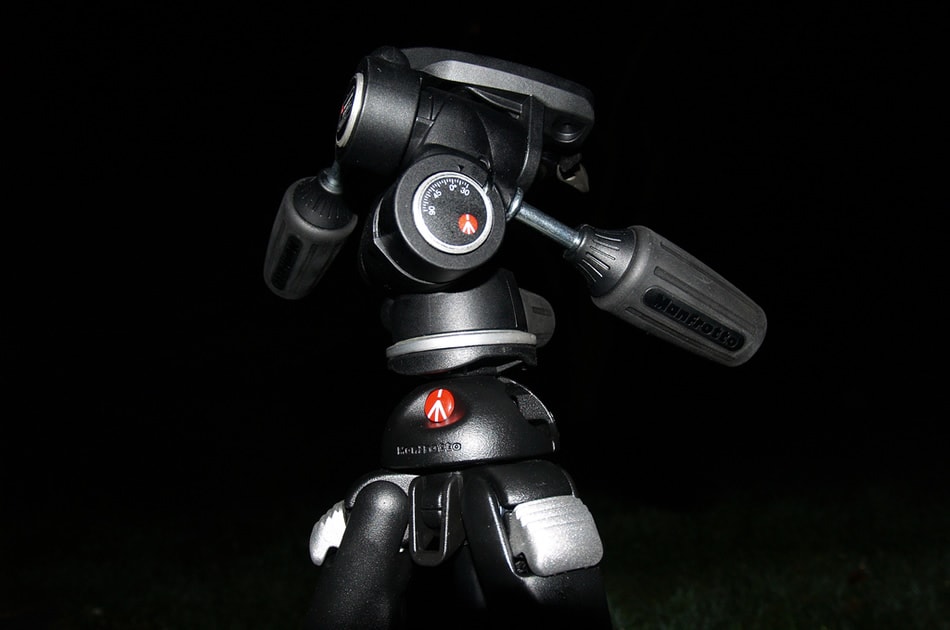7 Can’t-Miss Commercial & Product Photography Tips
If you want to become a professional photographer, then product and commercial photography can be a very rewarding line of work. As it stands, this area is one of the better paid in the entire photography business. So how do you excel at this type of photography?
You’ll be working on tight deadlines for clients, so you have to be well-organized and productive, for one thing. Being able to think on your feet to neutralize any unexpected issues that arise is also a prerequisite.

Oh yeah, and you also have to be a good photographer with technical skill from the get go. To get the best results in your foray into product and commercial photography, apply these tips.
Be Well-Rounded
Product photography often entails you being given a wider berth than normal by the client… and then asked to do a lot with a little. For instance, you’ll have little to work with, as product photography sometimes just involves taking close-up shots of the product against a solid-colored background to make it pop and stand out.
To facilitate this, you’ll have to nail the lighting right off the bat because you want to control the reflections (if any) that appear in the product shot.
It’s not uncommon for the client to be open to your suggestions and look for guidance as well. This is where you can impress him or her by suggesting a shot or approach that will make the product look amazing. Other times, you may be tasked with coming up with the shoot idea all on your own. It all depends on the client and the scope of the project.
The Angles Matter
Angles can really change up the look of a shot and give it personality. This applies doubly in commercial photography.
Think of this: You hardly ever see an object being snapped head-on in commercial photography. That’s because various angles can add drama and more interest to a shot of even ordinary, everyday products.

Unexpected techniques can spice up snapping products. For instance, first try to shoot up close to an everyday object – say, a coffeemaker. Then, for your next shot, try to exclude half of the coffeemaker from the frame. This will produce a series of photographs that have personality and tell a story.
Other methods you can try depend on the size of the product you’re photographing. For example, taller products can be shot from below, but flat objects may be shot from the side.
Remember: By changing around the eyeline of the product, you’re altering its appearance. This has the effect of transforming the ordinary into something that looks a little more extraordinary!
Setting the Mood
When you’re shooting a product, setting the appropriate mood can make a big difference when it comes to the success of the photograph. While shooting against the simplest kind of background, a white one, is sometimes effective, other times, you may want to do something else.
If you go beyond just a simple, white background, you can make the product look nicer since there’s more to look at. You can make a lot of headway toward this when you deal with the lighting. Instead of using home lighting, try to use colored lighting for a different effect. If the scene calls for it, bring in decorations or ornaments to help tell the story of the product a little bit better.
Here’s a hint: Include props that clash a little bit with the product itself, but don’t detract from the overall harmony of the shot. For example, if you’re photographing square products, include round or even triangular ornaments in the shot to provide some interesting contrast.
Useful Camera Equipment
As with any other type of shoot, getting the right equipment sets you on the path to success. For product and commercial shoots, think tripod. By using a tripod, you’ll gain that stability that ensures that blurring won’t appear in any shot. This is particularly true in up-close shots.

Maurizio Zanetti
Speaking of close-up photographs, use a macro lens that’s been specifically designed for commercial photography. That’s because this type of lens will give you that extra advantage to get in just a bit closer to photograph an object that much more intimately.
Getting the Right Composition
How you compose a picture makes all the difference to its final appearance. The goal with product photography is to steal the attention of viewers, whether they’re looking through a catalogue or walking under a billboard.
To do this, simply focus on how you arrange your product. The use of the traditional rule of thirds can work wonders in this style of photography, as it helps your viewers’ eyes move naturally and logically through the frame. The well-balanced nature of the rule of thirds also adds to the attractiveness of the shot.
Depending on the specific LCD camera that you have, there may be a setting that actually lets you split up your screen into the nine-squares grid that’s the basis of the rule of thirds.
Editing
No matter how good your shots were, you can always make them that much better in editing. When you’re combing through your photos, look at whether you’re happy with the vibrancy of the colors or not. If not, you can always enrich them using Lightroom. Same goes for imperfections in the shot, as you can take these out with an editing program like Photoshop.
Of course, if you want to crop the picture closer around your object, you can do that as well, not to mention fiddle around with the exposure until it’s what you want it to be.
A Rewarding Career
As we mentioned, product and commercial photography can turn into a rewarding career because it’s quite well-paid. Think of it: You’ll always be in-demand because companies always need to market their products with stunning images.
Now, being a well-paid commercial photographer won’t happen overnight. You have to build a base of solid work, flesh out your portfolio, and snag and retain noteworthy clients. Over time, this can happen if you just put the above tips to good use in your career.
